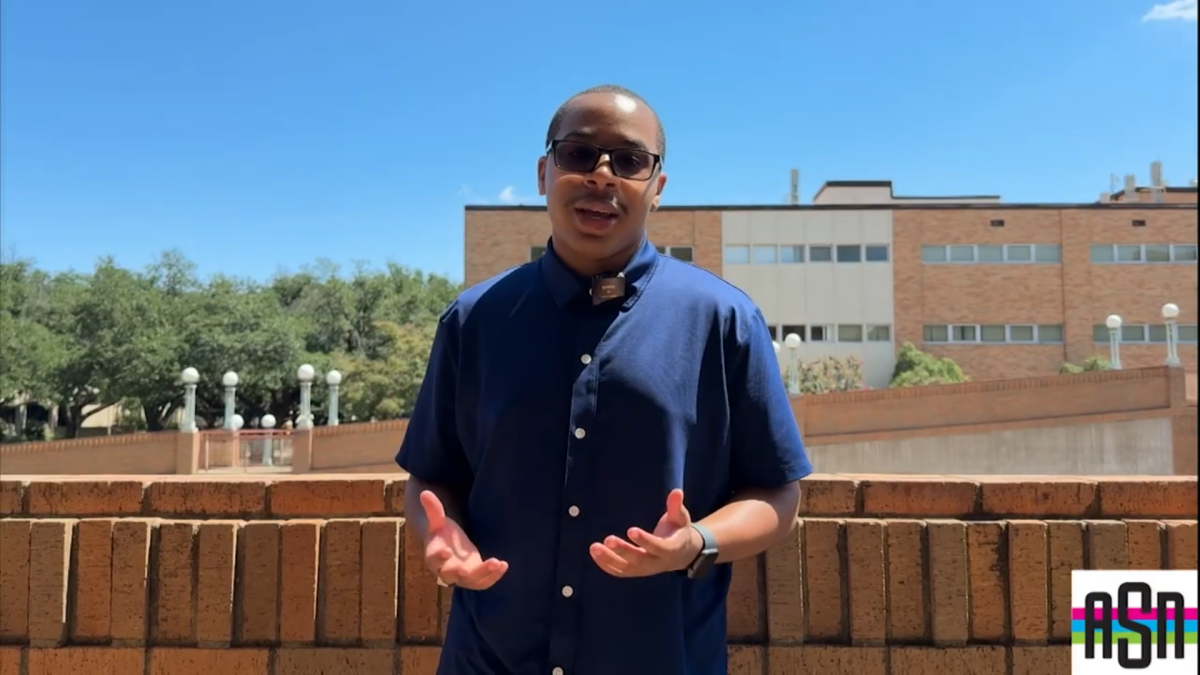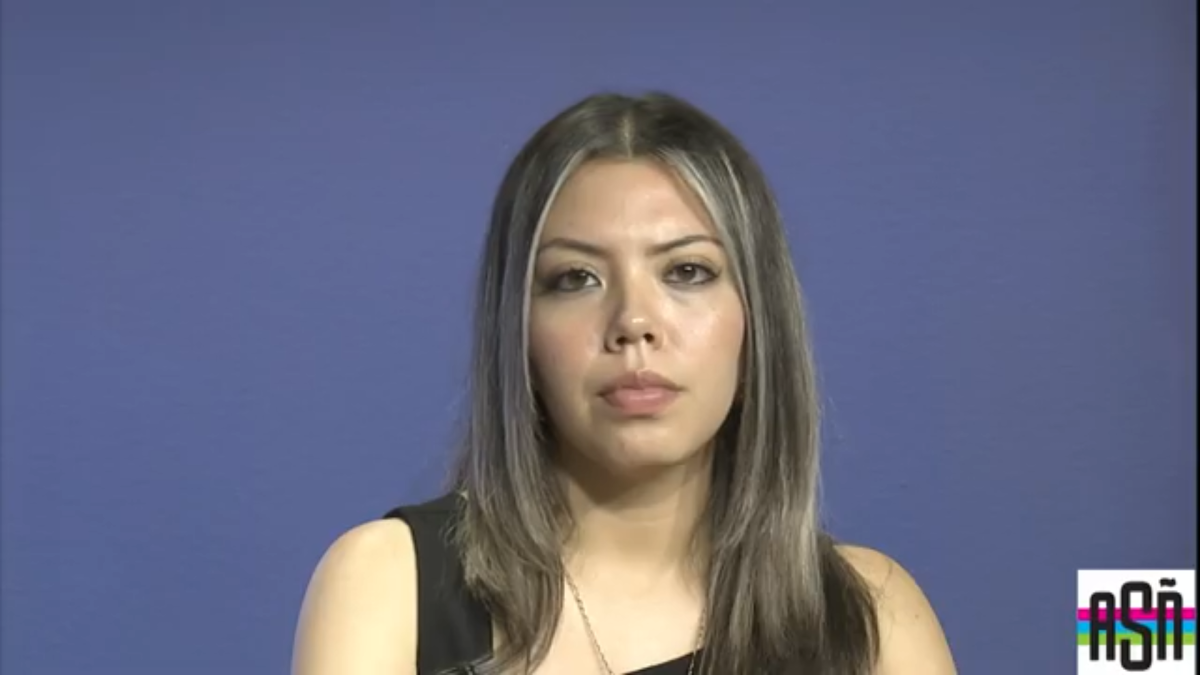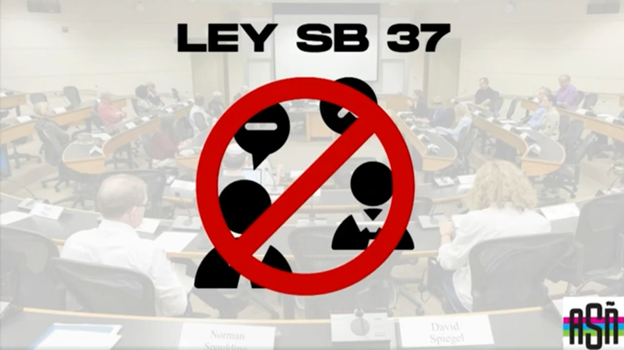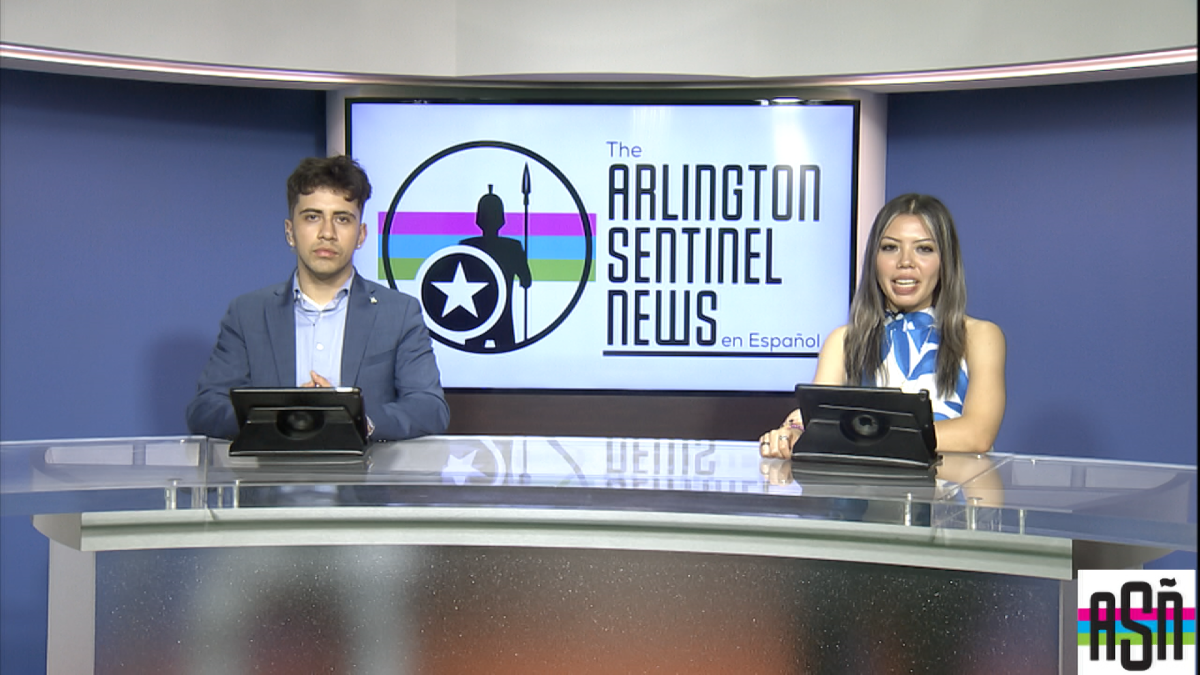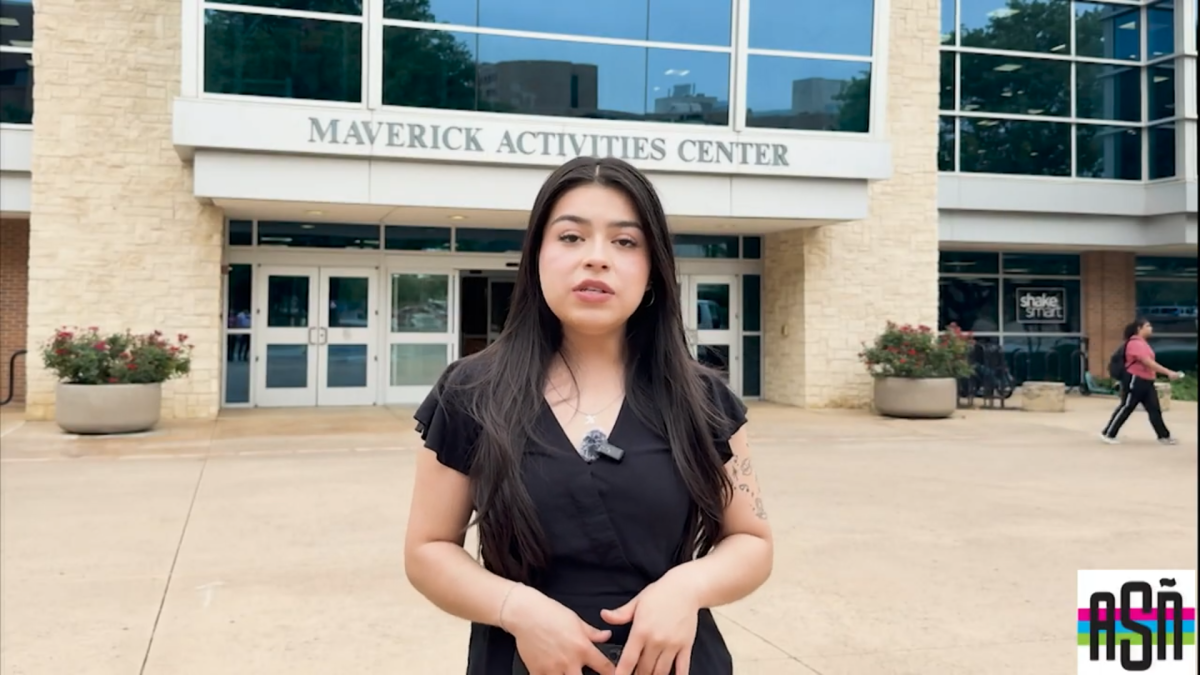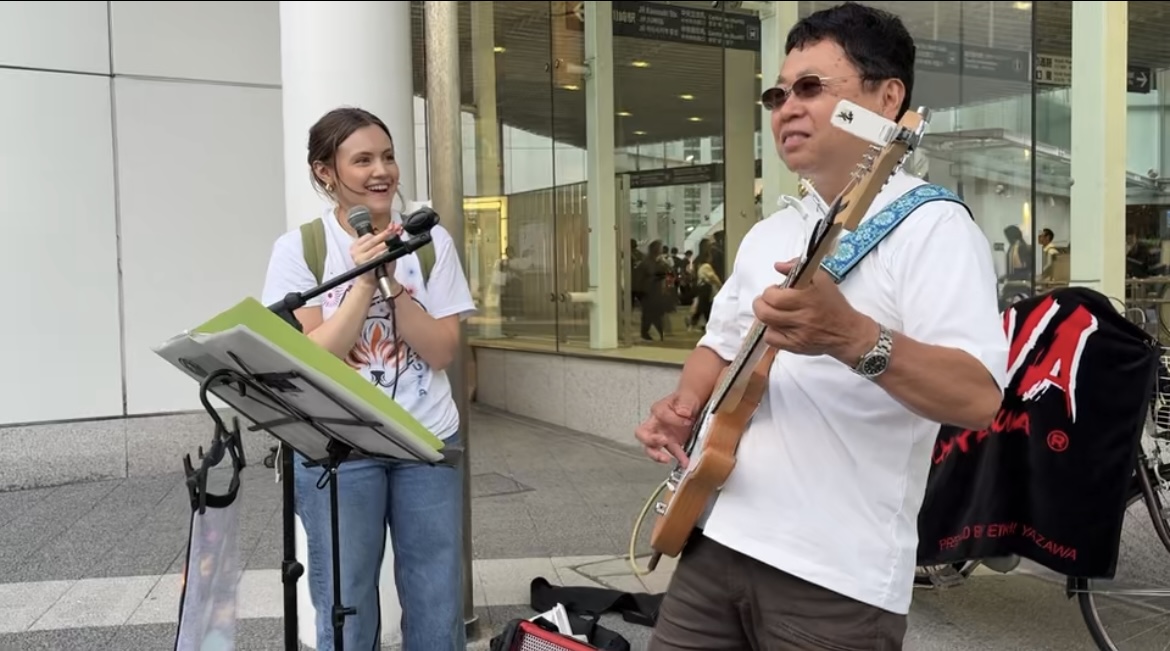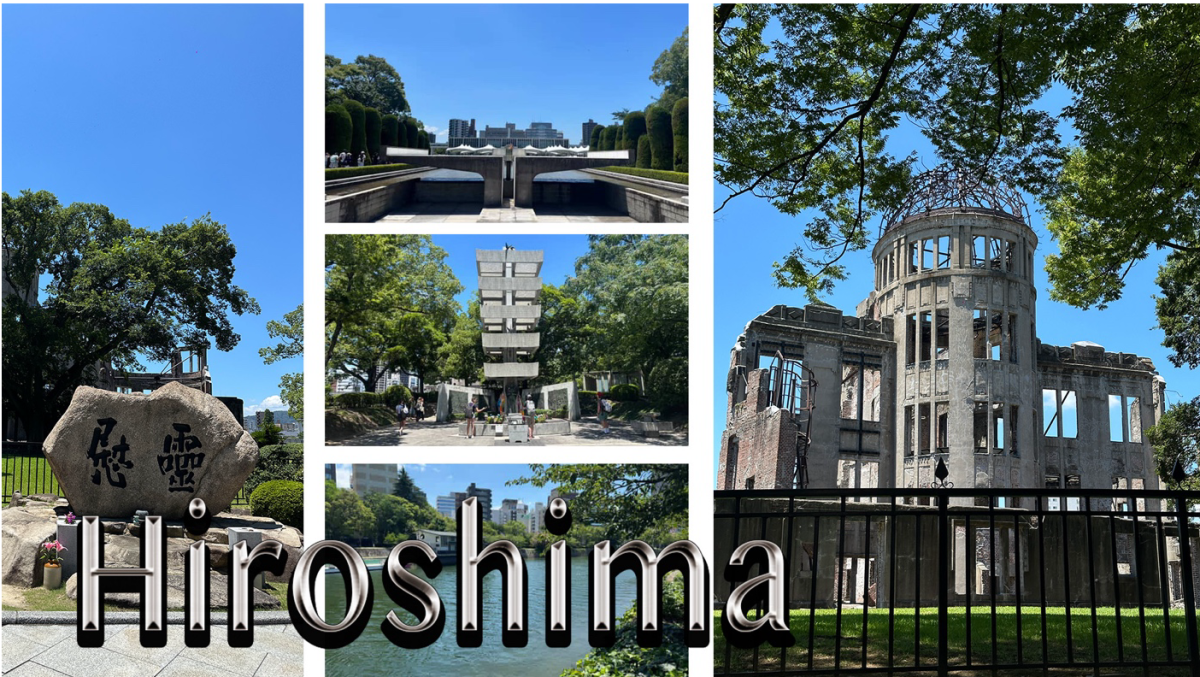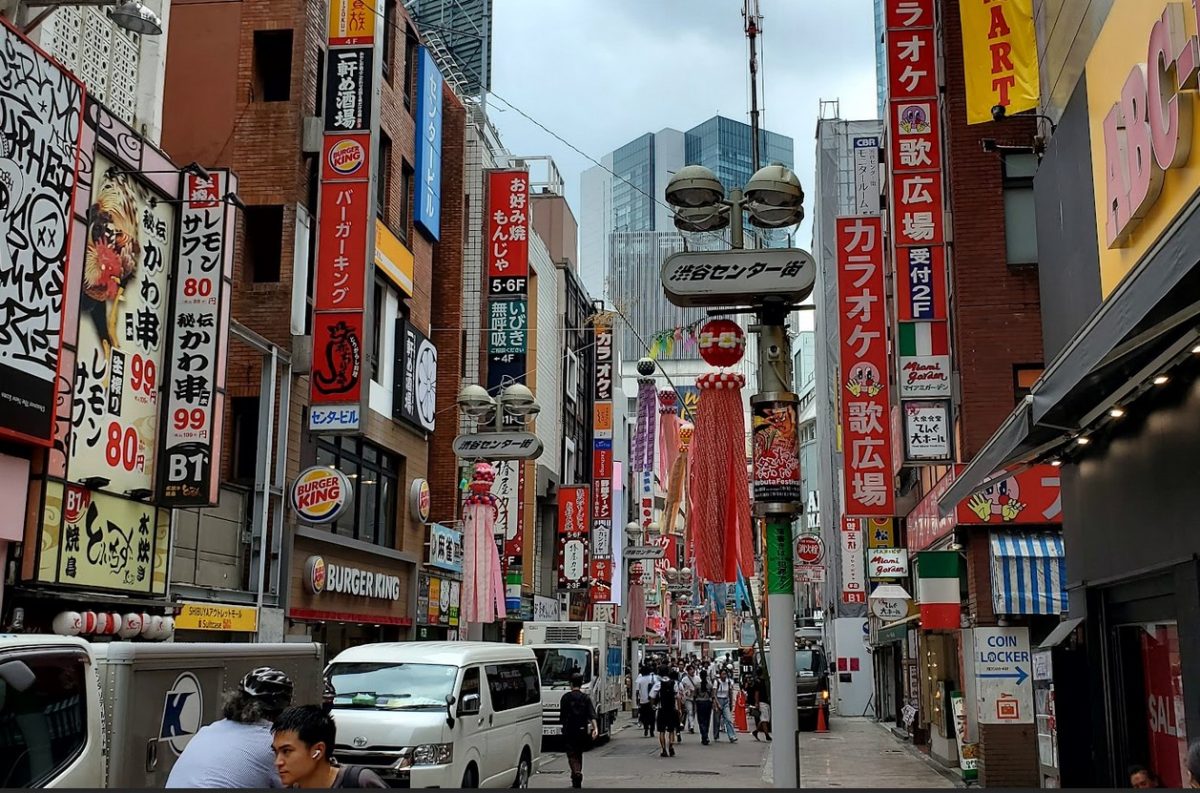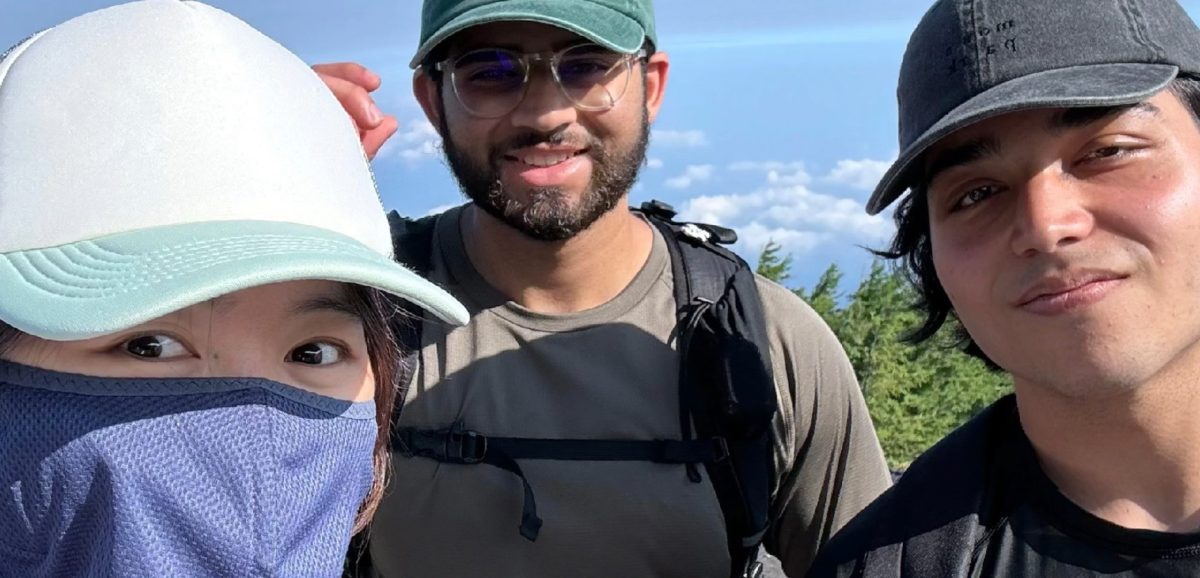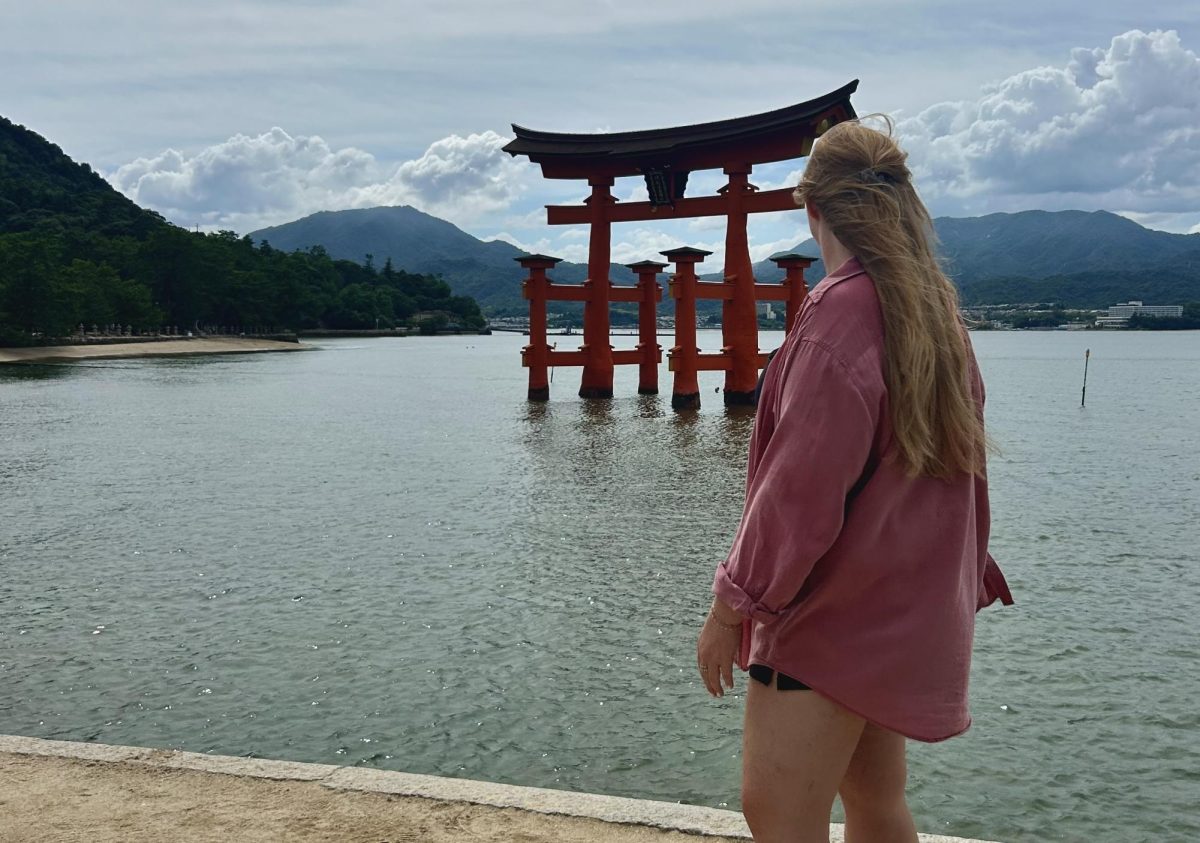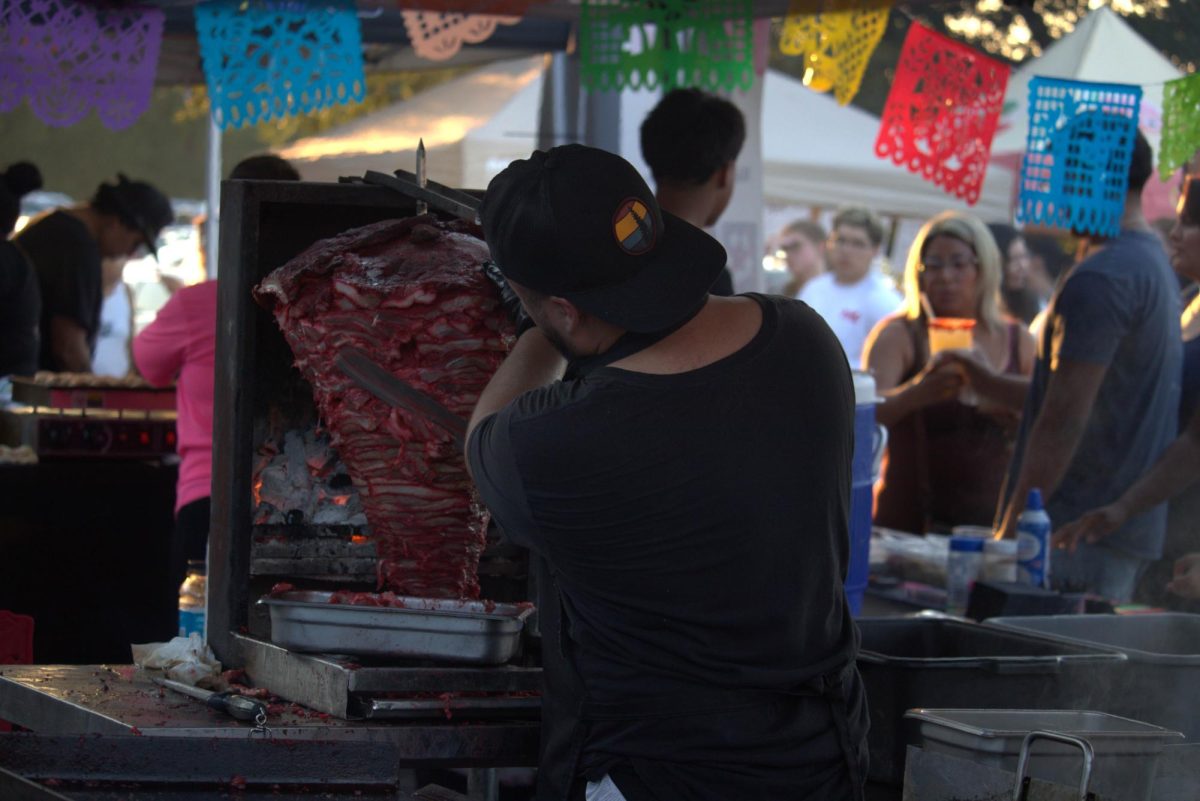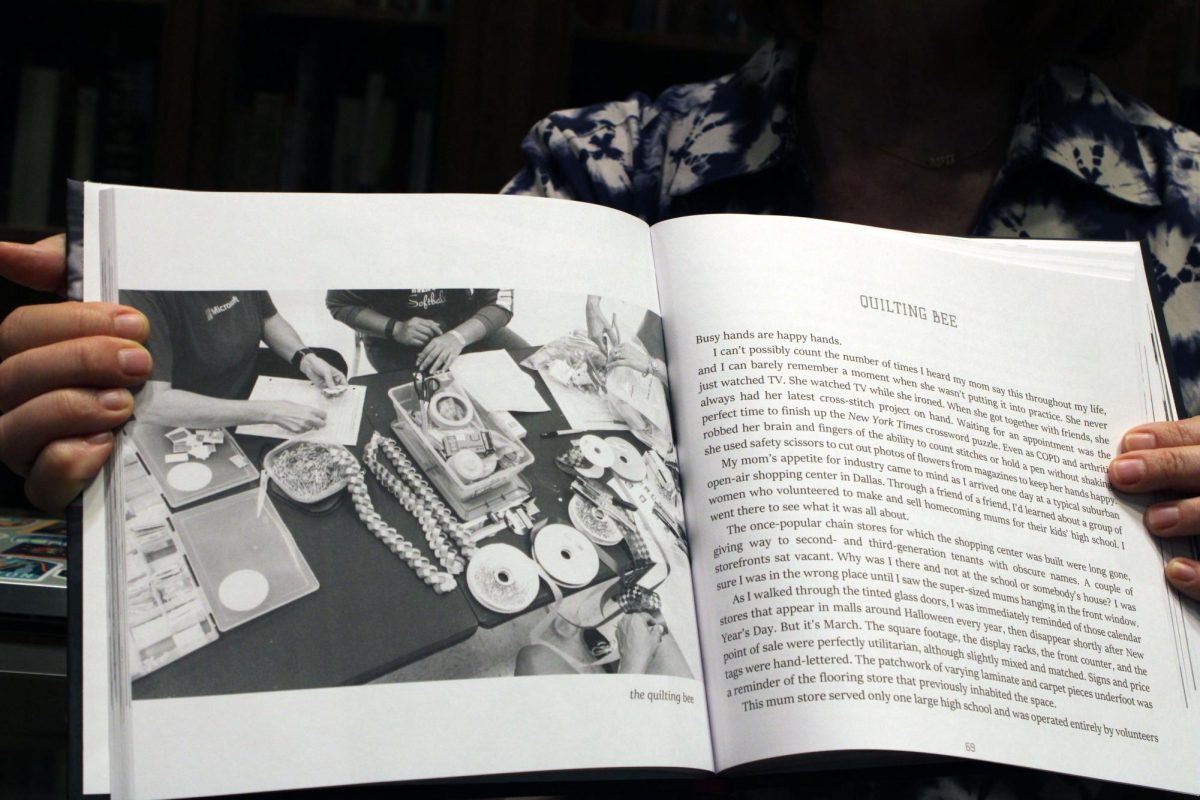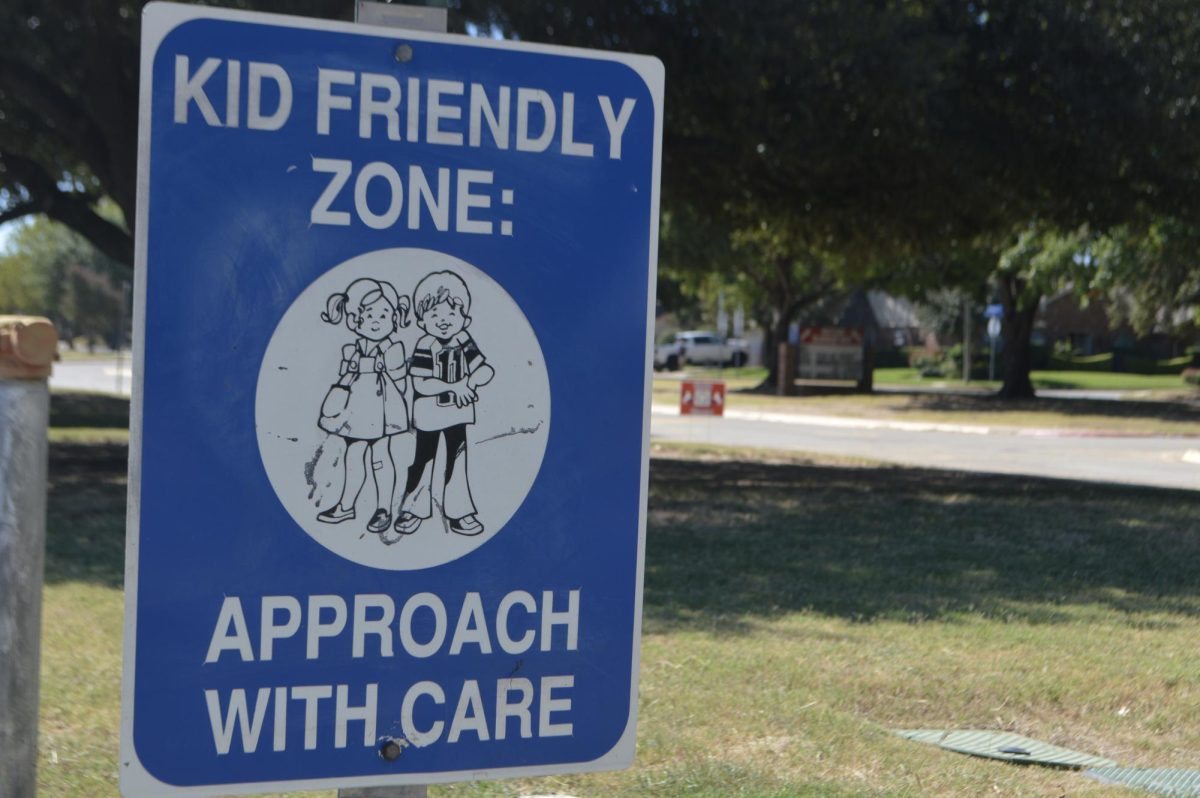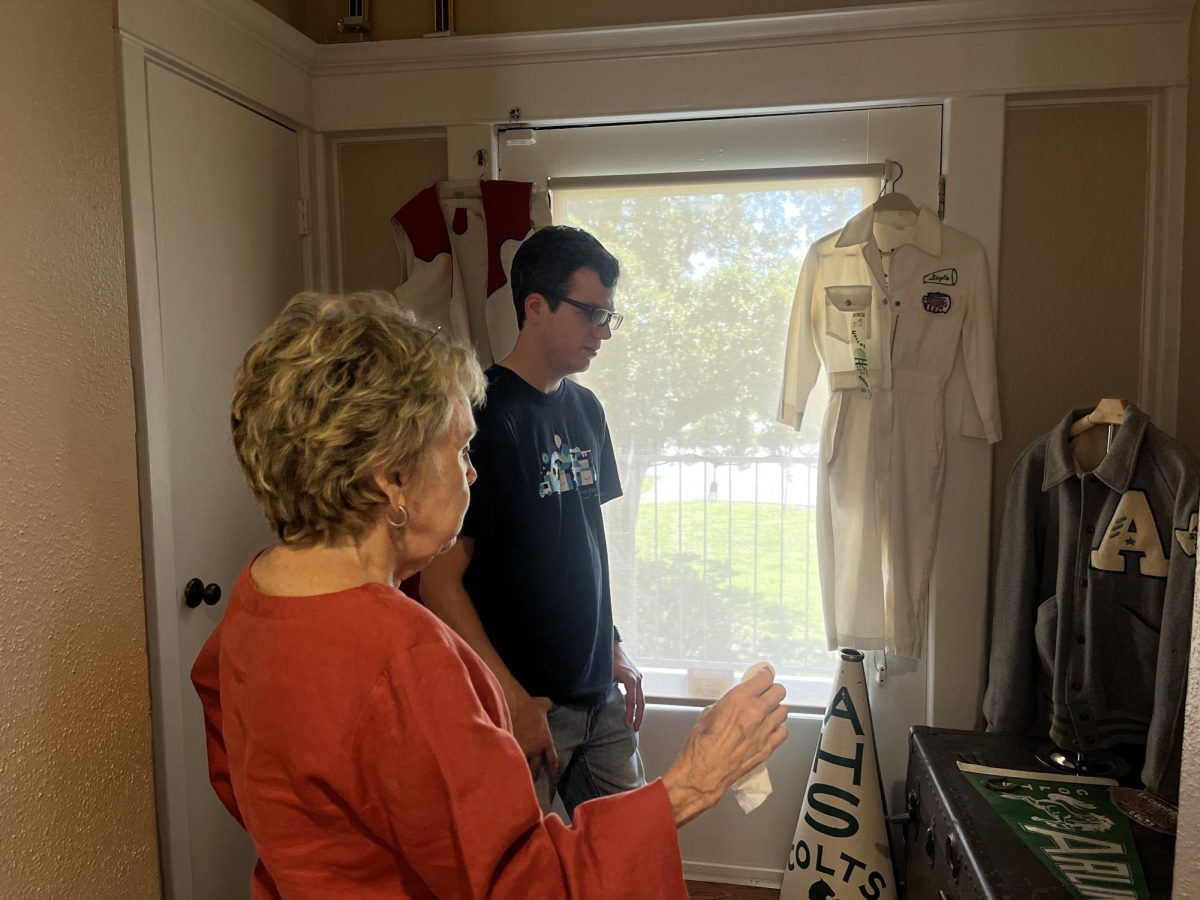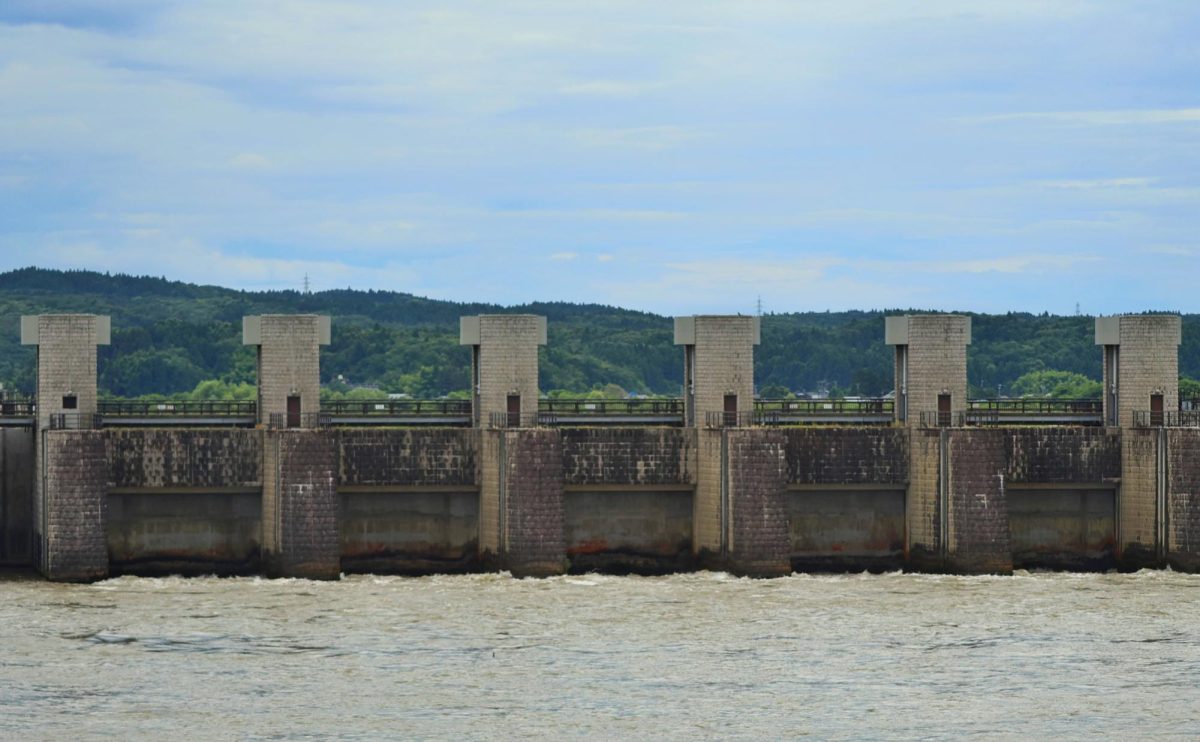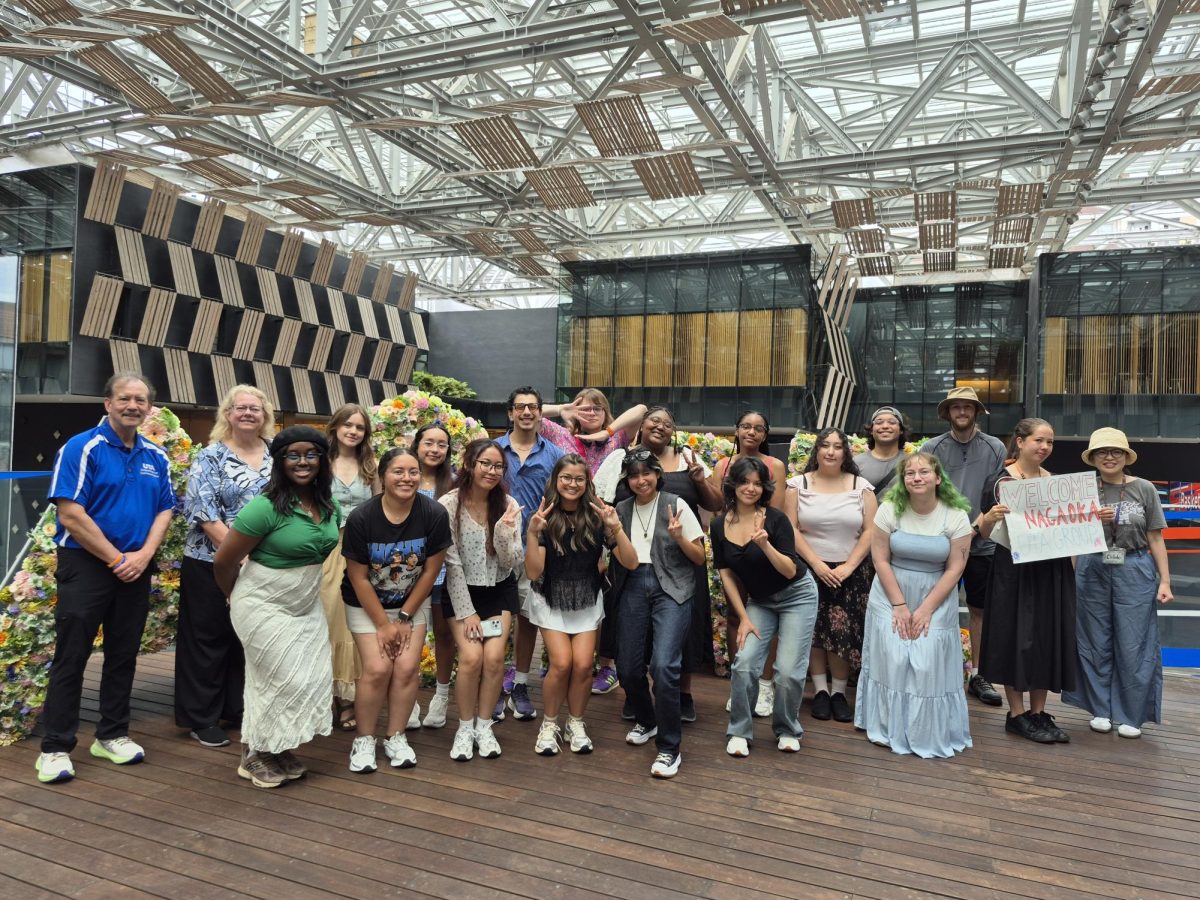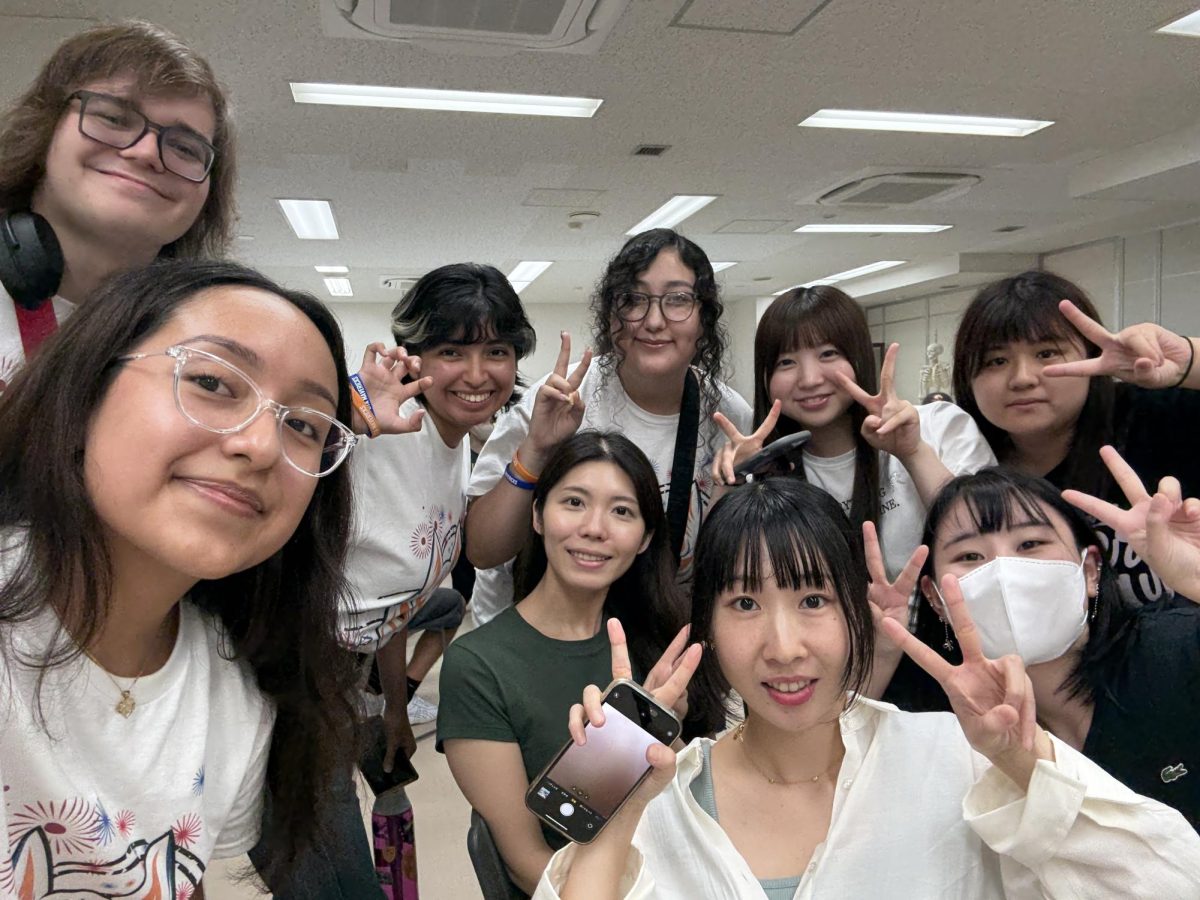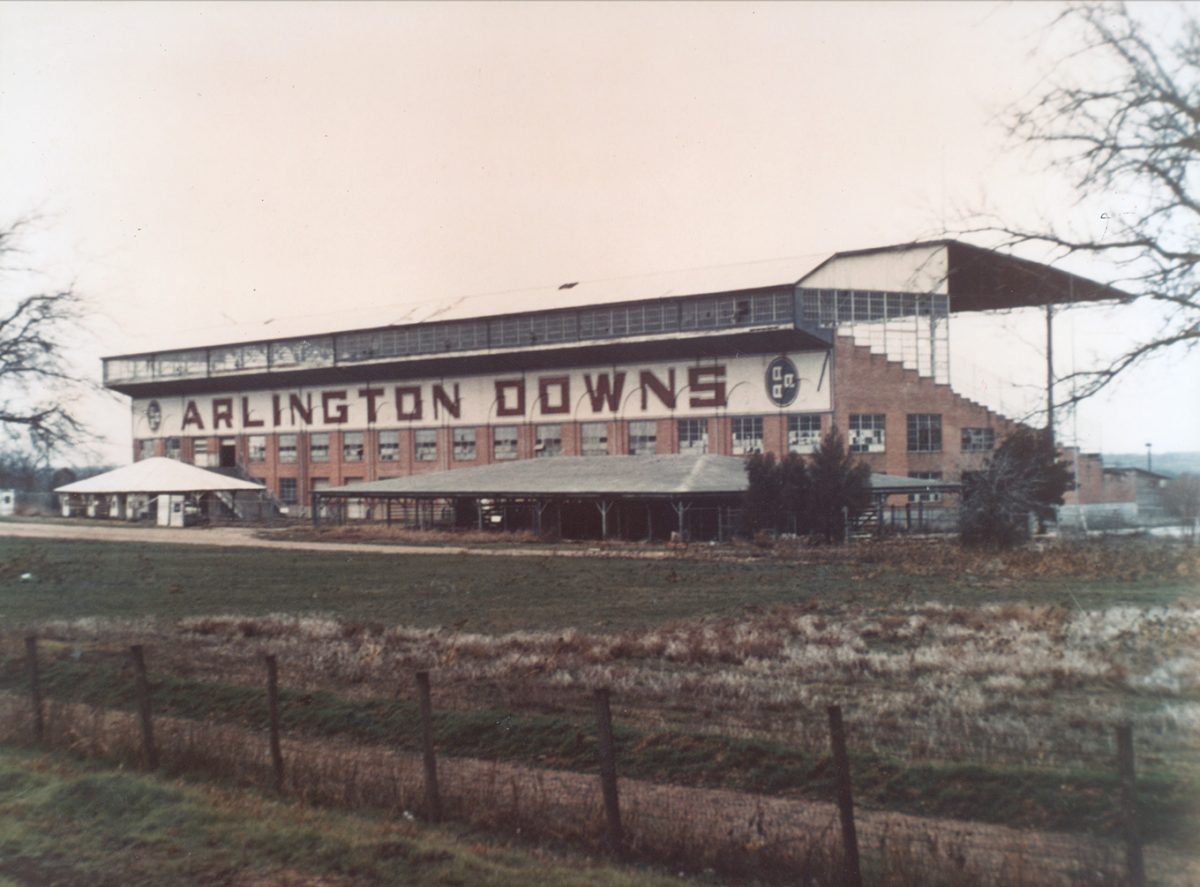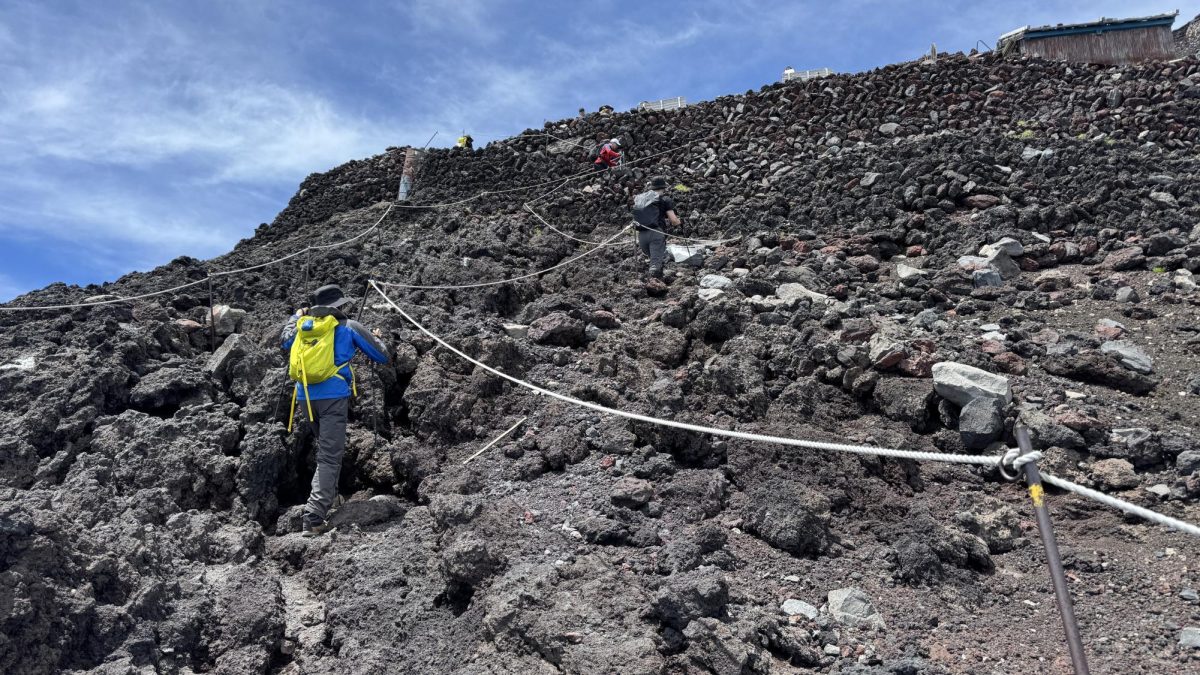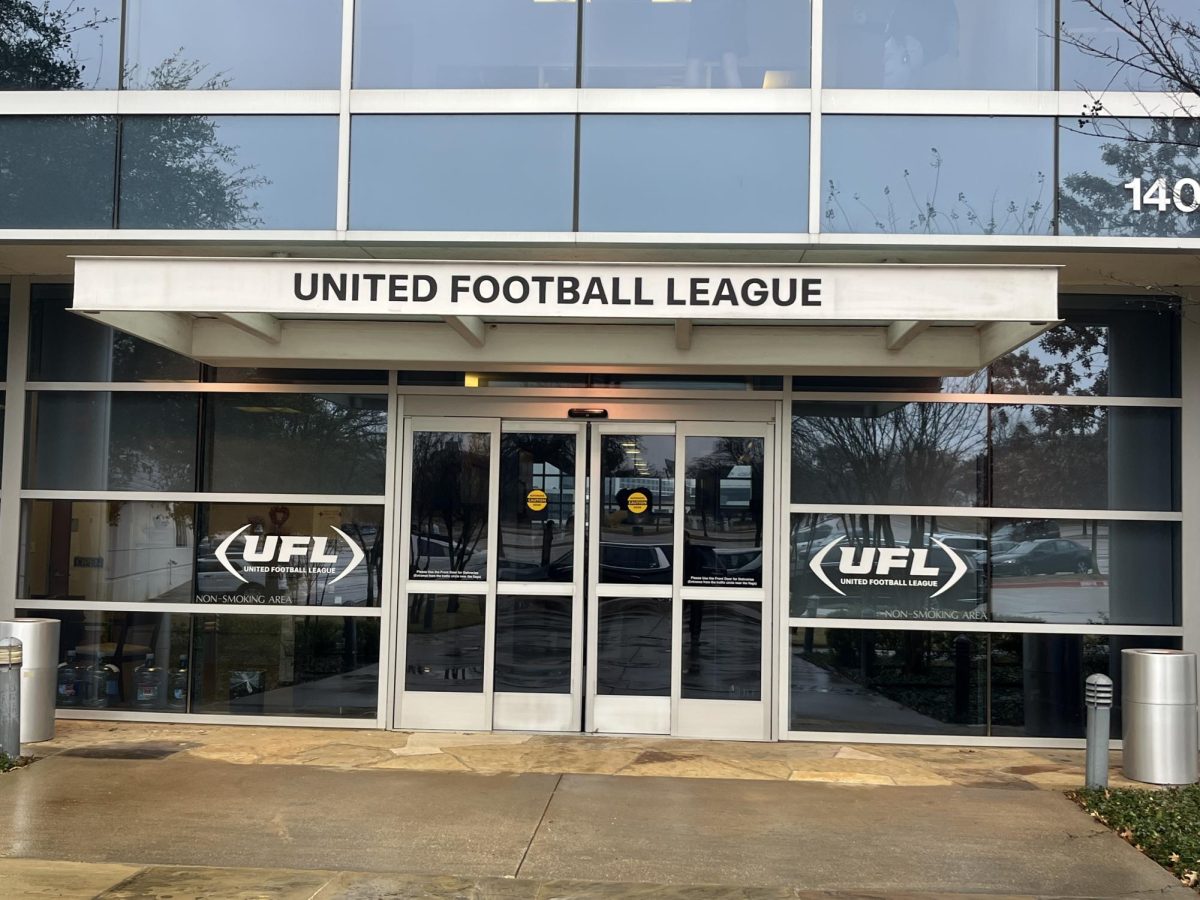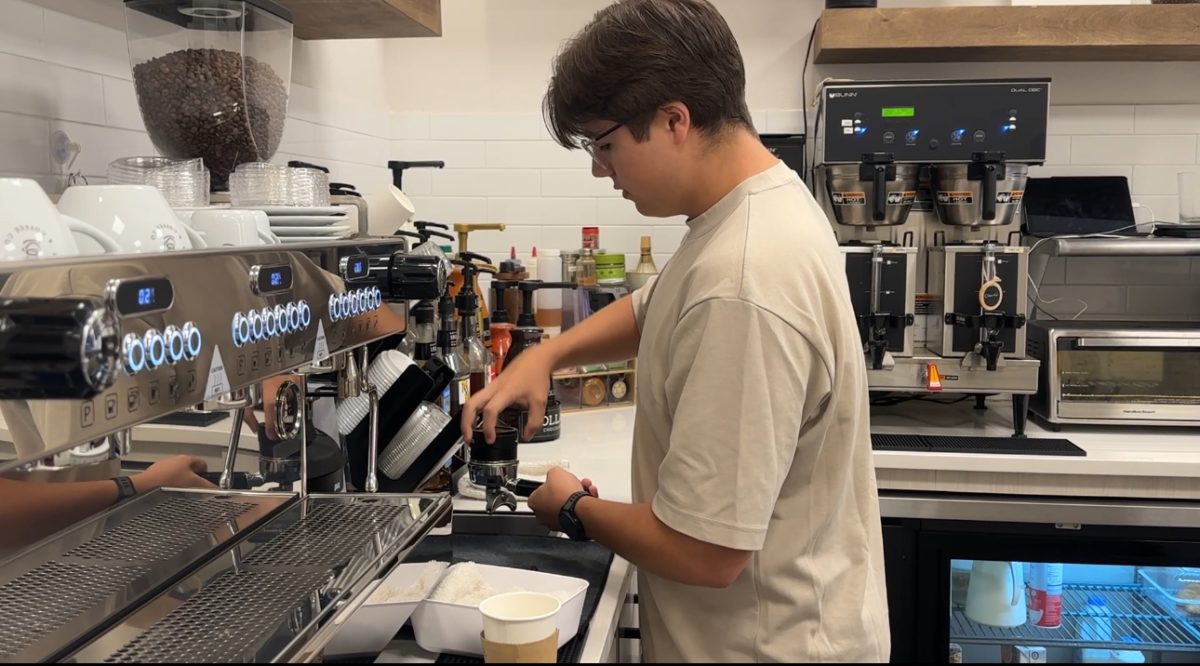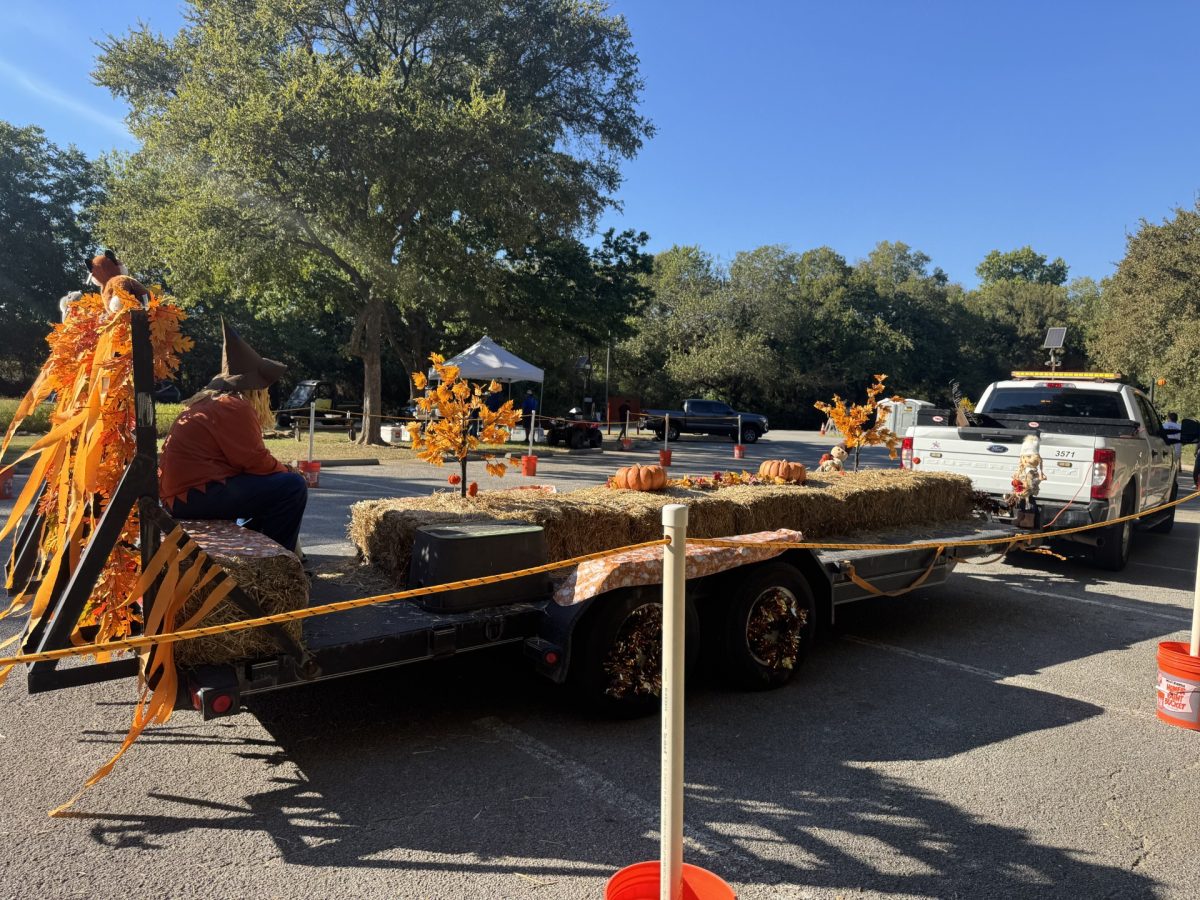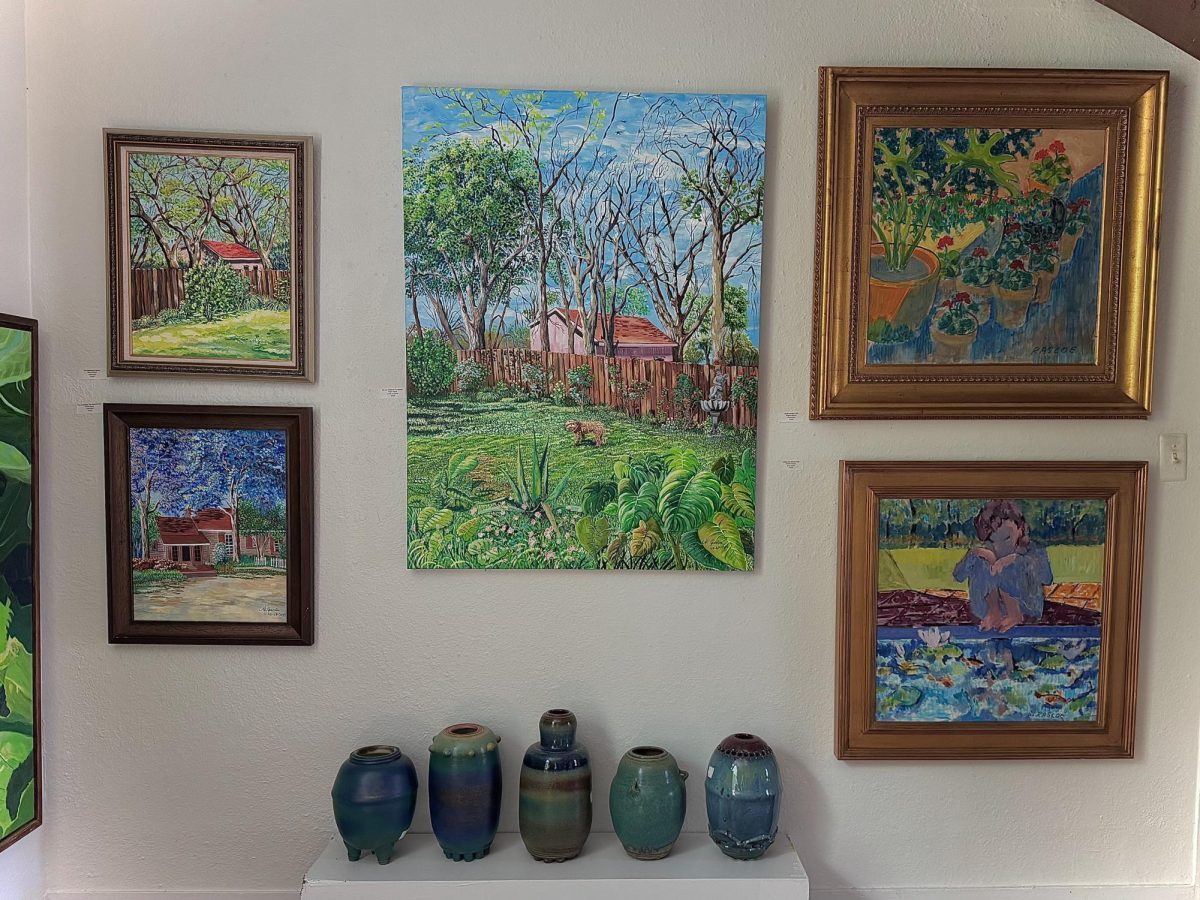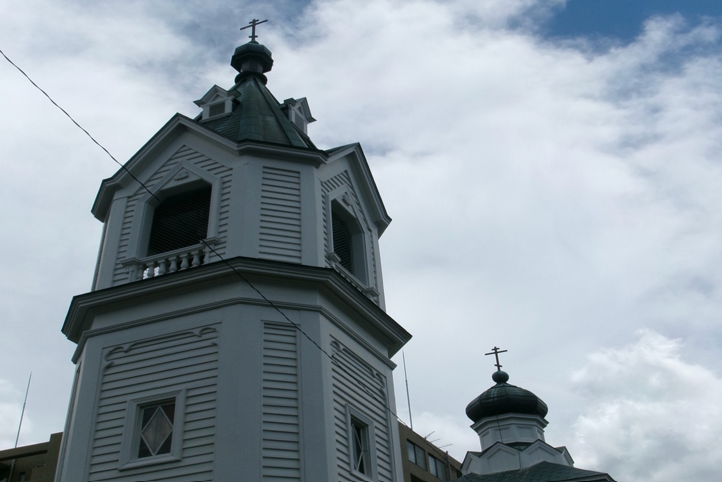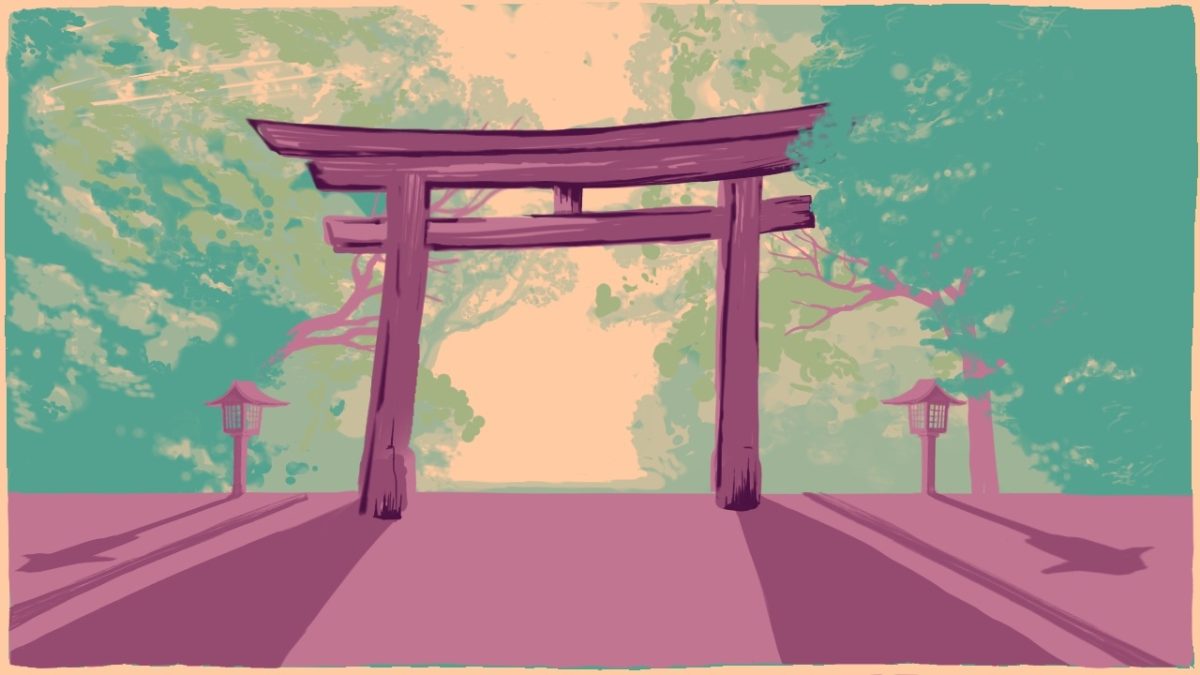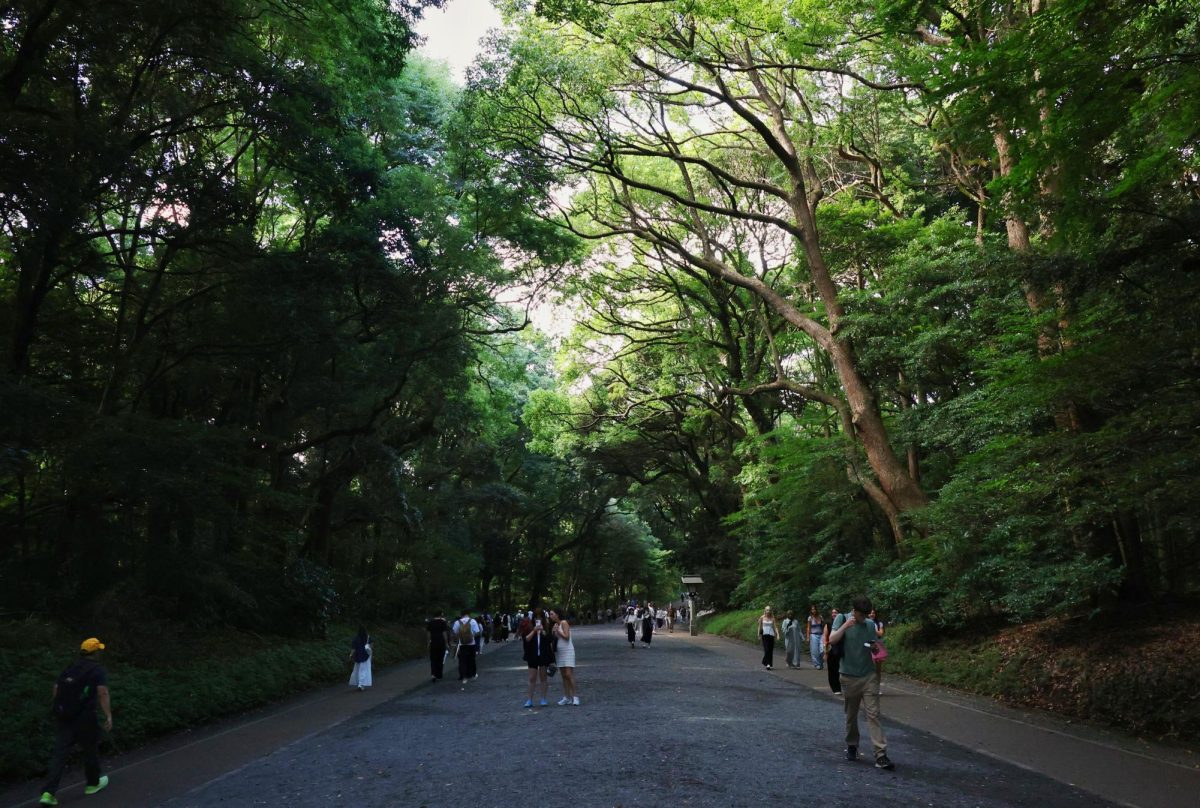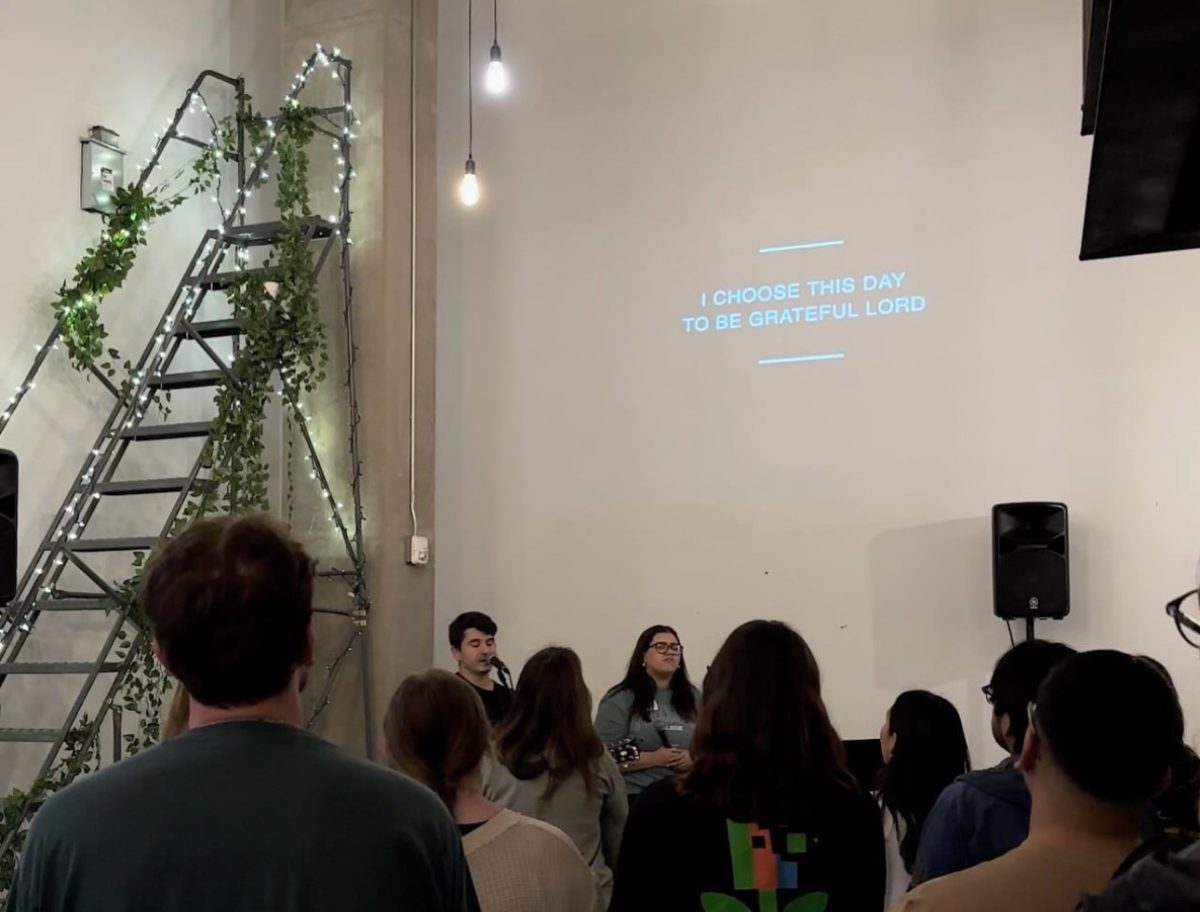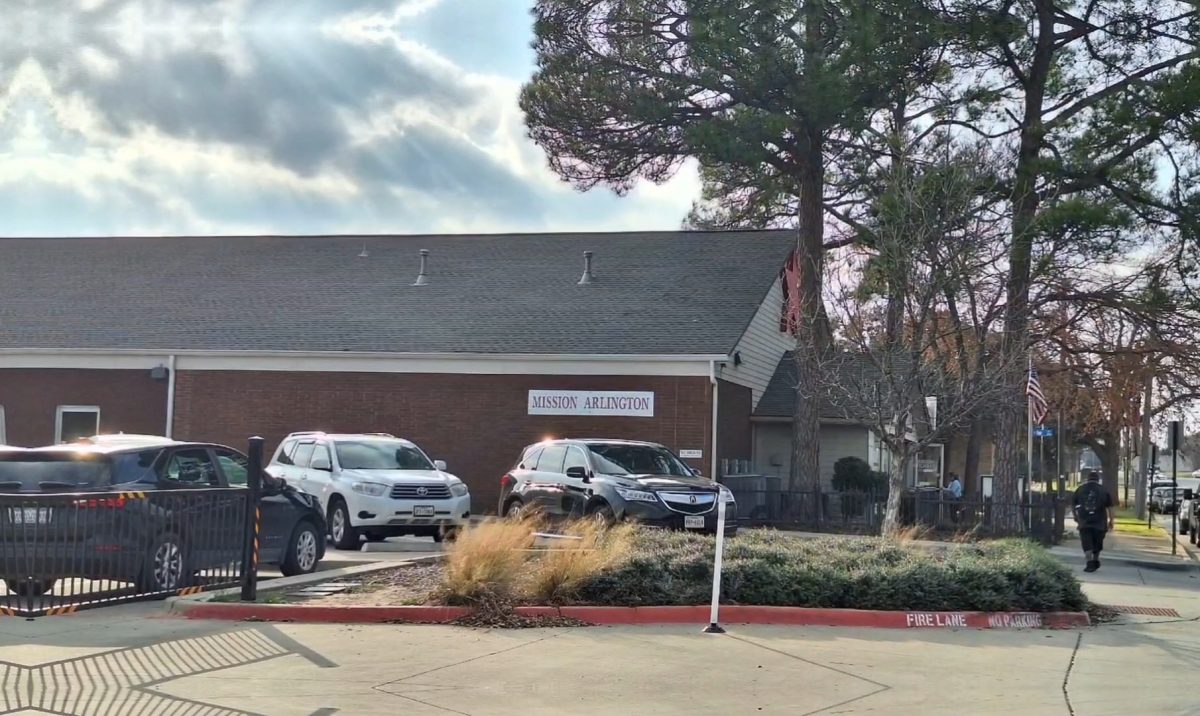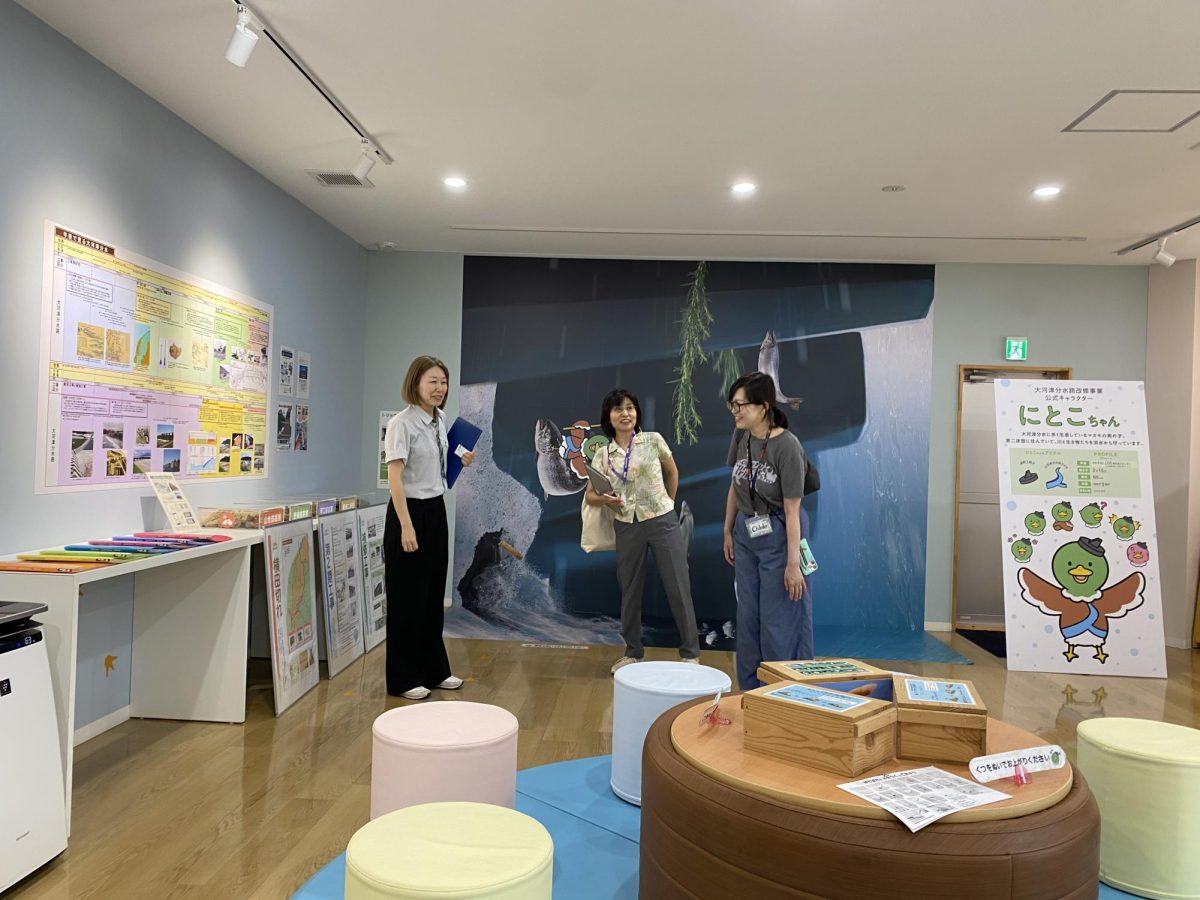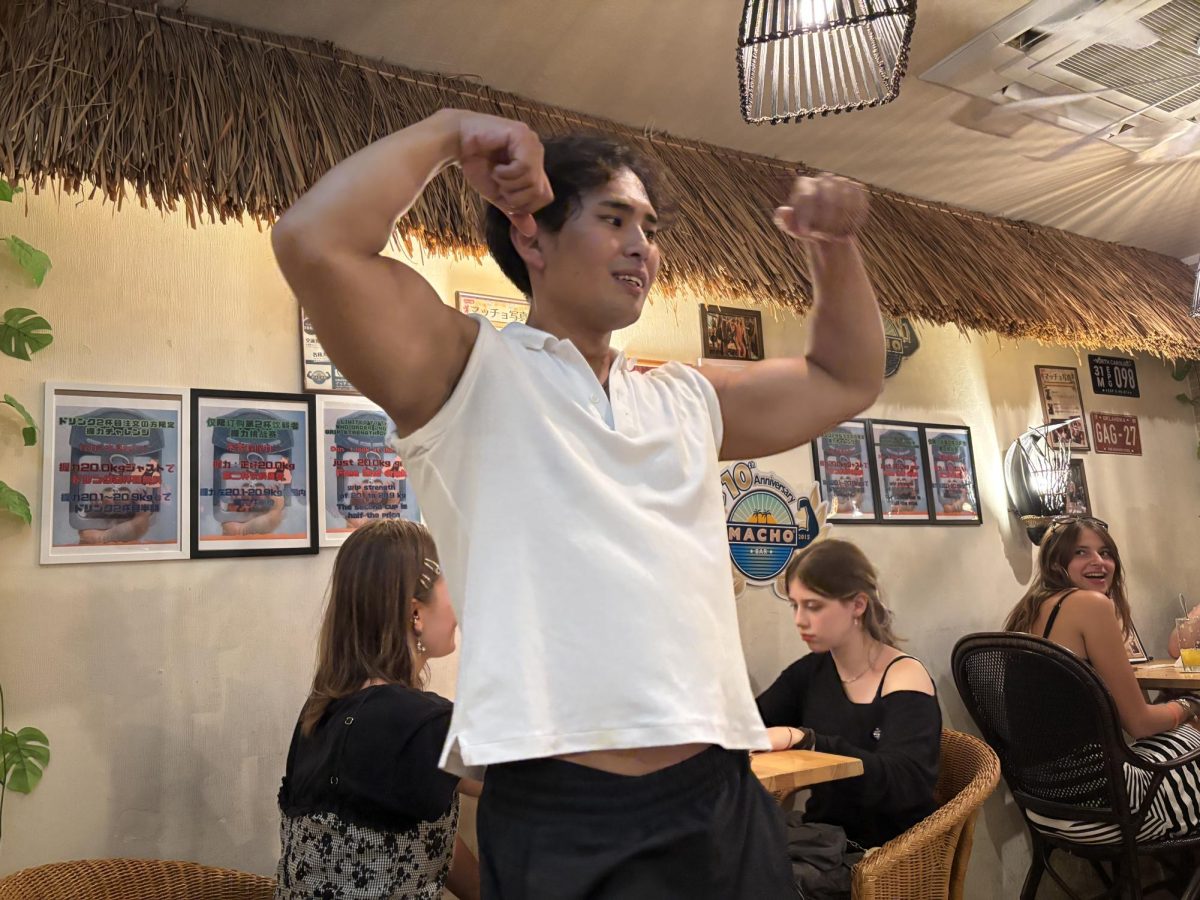NAGAOKA, Japan—Fort Worth collaborates with various cities around the world through its partnership with Sister Cities International.
The Sister Cities program is a citizen diplomacy effort designed to promote international understanding. Through Sister Cities, individuals have opportunities to travel across the globe and learn from peers outside of the U.S.
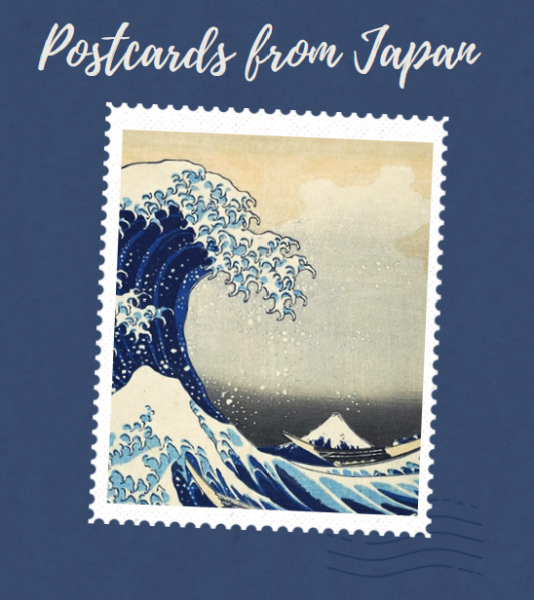
Fort Worth has Sister Cities relationships with nine cities across the globe, including Bandung, Indonesia; Budapest, Hungary; Guiyang, China; Mbabane, Eswatini; Nîmes, France; Reggio Emilia, Italy; Toluca, Mexico; and Trier, Germany.
But the fireworks capital of Japan, the city of Nagaoka, is one of Fort Worth’s most popular Sister Cities exchanges. With more than 200 individuals participating in the exchange each year, citizens have an opportunity to immerse themselves in another culture.
Nagaoka is nestled in the Japanese countryside, surrounded by hills and mountains. The city also straddles the Shinano River, the longest in Japan.
In July, our group, through the Postcards from Japan study abroad program, visited Nagaoka and experienced the city first-hand. We spoke with different people throughout the visit about the Ohkouzu Diversion Channel, which was built to prevent the Shinano River’s chronic flooding. For centuries, flooding disrupted lives in Nagaoka and throughout the Echigo Plain. The channel dried out the marshy land and allowed the region to become one of the nation’s top rice producers.
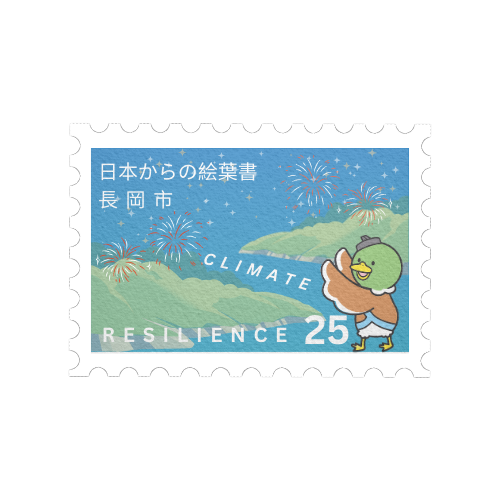
We learned about the causes of the floods, moments of disaster for the community and how the river diversion project has remedied the issue. Our group had the opportunity to hear middle school students at one point to learn their perspective on the diversion channel.
Many of the individuals we spoke with emphasized the importance of this system because of the number of lives lost before it was created. The young students, who all grew up well after the diversion channel was built, are accustomed to the system being in place and are unaware of the project’s importance.
Through the Fort Worth Sister Cities partnership, we were able to learn more about Nagaoka, its history and its people. This connection helped bring us closer to the people of the city, many of whom expressed gratitude that we were able to travel across the globe to learn more about them.
Fort Worth benefits from the program because citizens who participate return and share their experiences and stories from their time abroad. The city also benefits when citizen delegations of foreign sister cities visit and learn about U.S. culture.
The purpose of this program is to promote peace through citizen diplomacy, and it strives to achieve its goals by fostering global connections.
Sister Cities began in 1956 after then-President Dwight D. Eisenhower proposed a citizen diplomacy program to reduce the likelihood of global wars. Sister Cities was originally part of the National League of Cities. In 1967, the group split off into its own nonprofit entity.
While our group was abroad visiting Nagaoka, a group of Japanese students were in Fort Worth learning about the city’s western culture. In turn, a group of Fort Worth ambassadors will have the chance to travel to Nagaoka to learn about its culture.
This exchange is the embodiment of Sister Cities International. It has worked to create global relationships through personal connections built through exchanges that promote youths, the arts, and business and community development.
These Sister Cities partnerships are premised on the idea that to achieve global peace, citizens must walk in the shoes of others around the world. Whether this comes from visiting another country to share and learn or hosting citizen diplomats from other countries in their homes, participants emerge with a more global perspective.

